The gold rush impacted Trondek hunting, fishing, employment and cultural ways of life.
The history of how the gold rush and post gold rush era affected the quality of life and culture for the Tr’ondek Hwech’in First Nation peoples is starting to come to light with new research.
Heather Green a PhD Candidate with the University of Alberta has been working with the First Nations’ Heritage Department, studying a time from 1896 to 1940 on topics related to gold mining in the Klondike, environmental change and Tr’ondek Hwech’in social, cultural and economic life. Green’s research suggests the Han people went through great change during that period, with the effects still being felt today. She says as the Tr’ondek people started to participate in the mining economy their culture suffered.
“Some of the major changes that were connected with environmental change were also cultural and economic had to do with the Tr'ondek Hwech'in people starting to participate in the mining economy that happened during the gold rush.” “Some of the things that led the change was as Tr'ondek Hwech'in people started to work in paid labour, especially in town, it started to change some of their subsistence practices. Because they were spending so much time in town, and they had to work on some sort of schedule, or a structure that wasn't often coordinated with the seasonal practices, they started spending less time preparing for seasonal work as more mass-produced goods became available and people were making more money, they were buying things instead of making things. It shifted their engagement with the natural resources.”
Green stated mining also affected how the Tr’ondek people used to celebrate and gather, as these practices dwindled. She says there is a revitalization of celebrations through the biennial Moosehide Gathering. “It also had an impact on Indigenous gatherings as well. In the past, the Tr'ondek Hwech'in had met up with other groups during hunting and fishing, but due to this new mining economy work, they weren't able to do that as much anymore.”
With the expansion of placer mining in the Klondike, this affected wildlife migration patterns. While Green says there is not scientific evidence for the 45 years, she says there is plenty of observations from locals, which indicated a decline in salmon caught and animals harvested. “As placer mining, especially after the gold rush, dredging expanded, land started to be destroyed, which then destroyed habitation and food sources for animals. They would have to go further away, and as a result the Tr'ondek Hwech'in people started to hunt in much further away areas.” “A lot of the people I've spoken to in town said that they remember stories passed down about after all the miners came in, the Tr'ondek Hwech'in people started to go further away, but because of that, they were away longer they had to start to prepare for the hunt at different times of the year than previously.”
The gold rush and mining activity also brought a new economic opportunity to the Han nation, but also forced them to change how they made goods. Green says tourism created an increased demand for traditional footwear and baskets, bringing about a change in how Tr’ondek Hwech’in women made these items.
“There were changes in the way they produced goods. Before a lot of their art and craft items were made for personal reasons and they had very elaborate designs. Most of the materials that they were using were things from nature. But as the gold rush, there became an increased tourism industry. The styles started to change over time, as Tr'ondek Hwech'in women are trying to produce more moccasins and more baskets to meet this demand, they start to use different materials and the style changed as well.”
Green says she is still looking for more stories and information on Chief Isaac and other community leaders prior to 1940. Walter Benjamin, who was possibly an Indigenous Minister at Moosehide and how the international boundary with Alaska affected the Han people.
(Dan Jones Whitehorse Aug. 30, 2017)


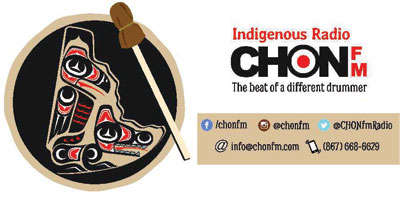
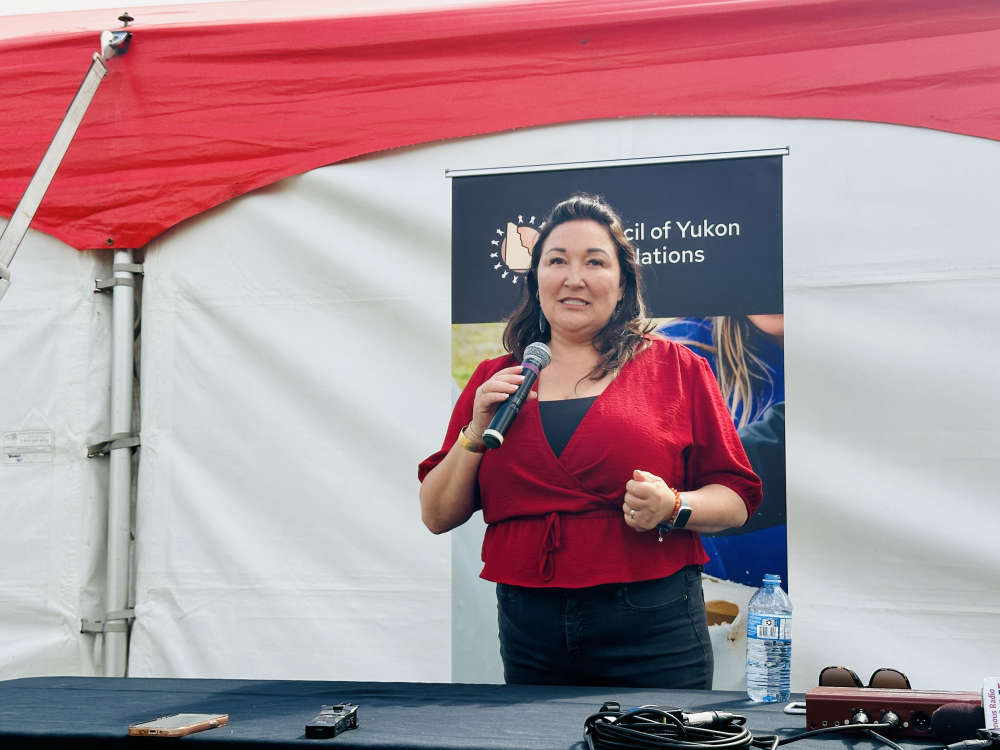 Math'ieya Alatini elected CYFN Grand Chief
Math'ieya Alatini elected CYFN Grand Chief
 Watson Lake man charged in firearm robbery
Watson Lake man charged in firearm robbery
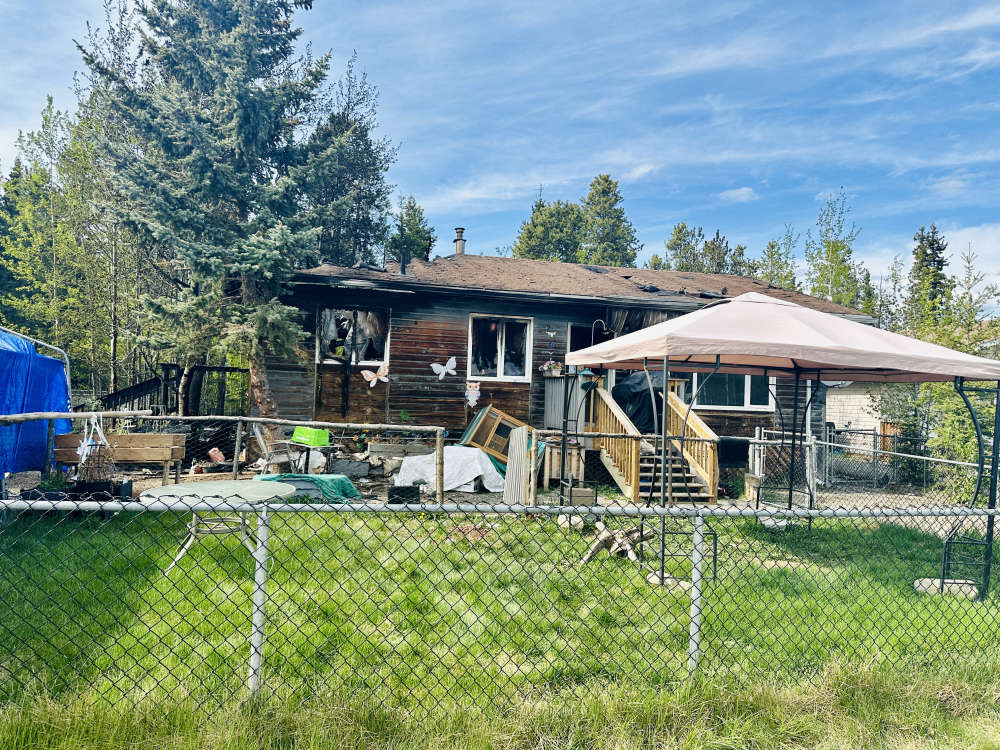 House fire in McIntyre contained
House fire in McIntyre contained
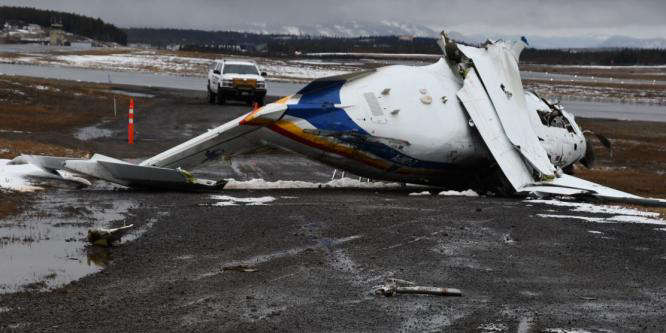 RCMP plane crash caused by faulty sensor: TSB report
RCMP plane crash caused by faulty sensor: TSB report
 New Fireweed Mental Health unit opens at Whitehorse General Hospital
New Fireweed Mental Health unit opens at Whitehorse General Hospital
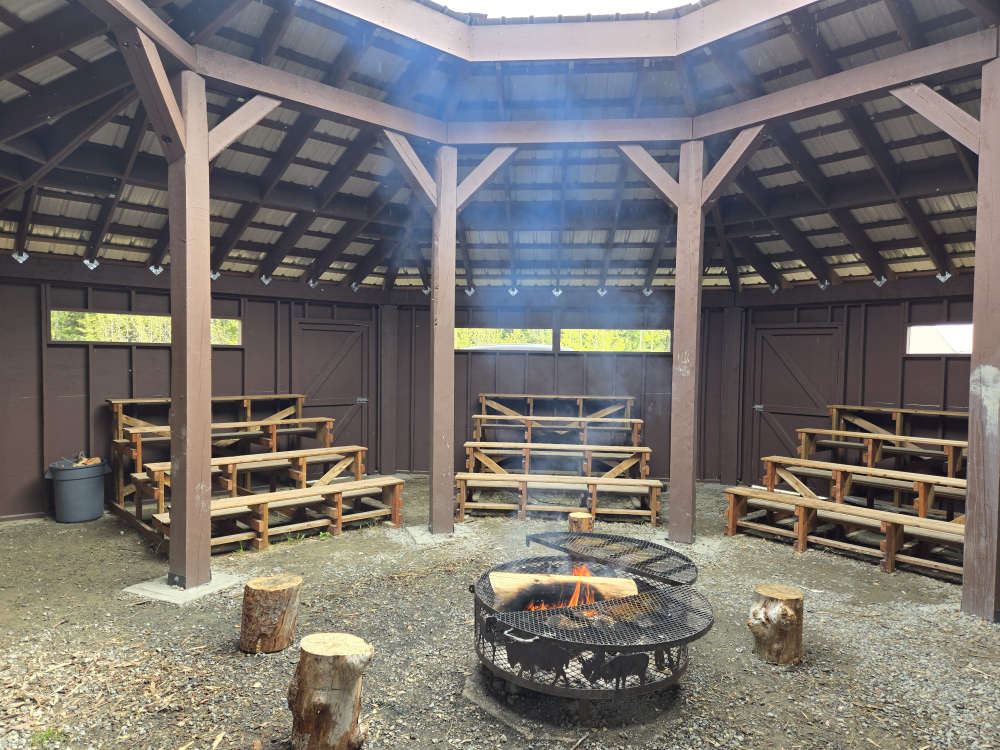 Traditional learning camp opens at Whitehorse school
Traditional learning camp opens at Whitehorse school
 Yukon Schools introduce online registration for bus service
Yukon Schools introduce online registration for bus service
 Yukon Government unveils progress in healthcare transformation with 2024 Putting People First annual report
Yukon Government unveils progress in healthcare transformation with 2024 Putting People First annual report
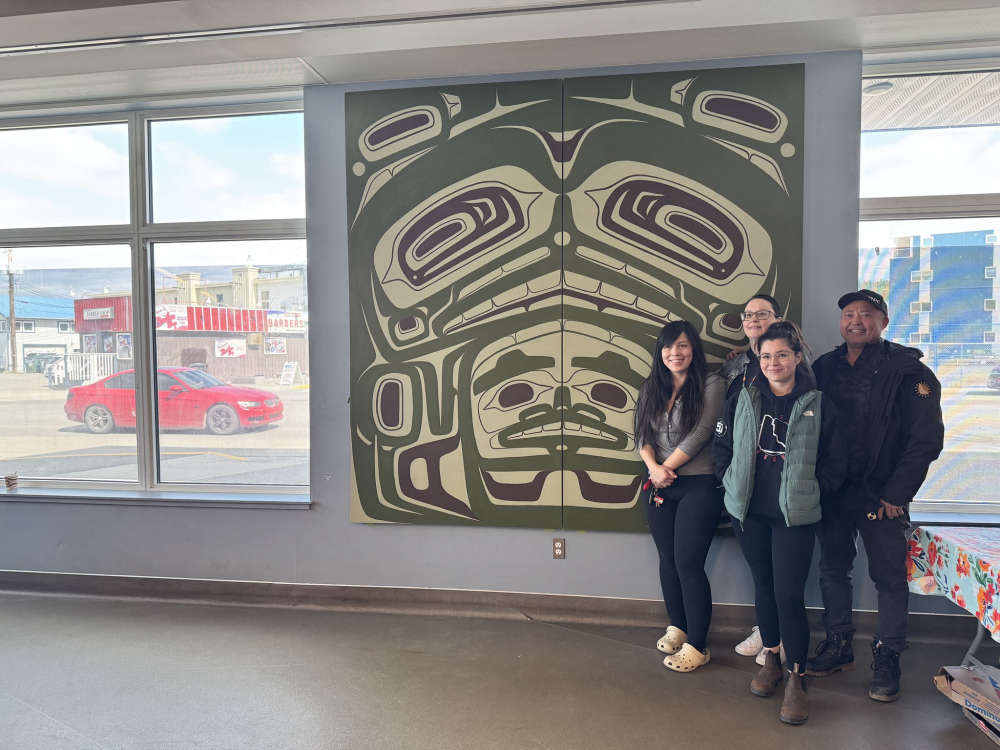 Whitehorse Emergency Shelter unveils New Artwork celebrating Yukon First Nations culture
Whitehorse Emergency Shelter unveils New Artwork celebrating Yukon First Nations culture
 Former Whitehorse City Councillor Ted Laking announces bid for Yukon Party nomination in Porter Creek Centre
Former Whitehorse City Councillor Ted Laking announces bid for Yukon Party nomination in Porter Creek Centre
 Yukon Government seeks applicants for new Health Authority Board
Yukon Government seeks applicants for new Health Authority Board
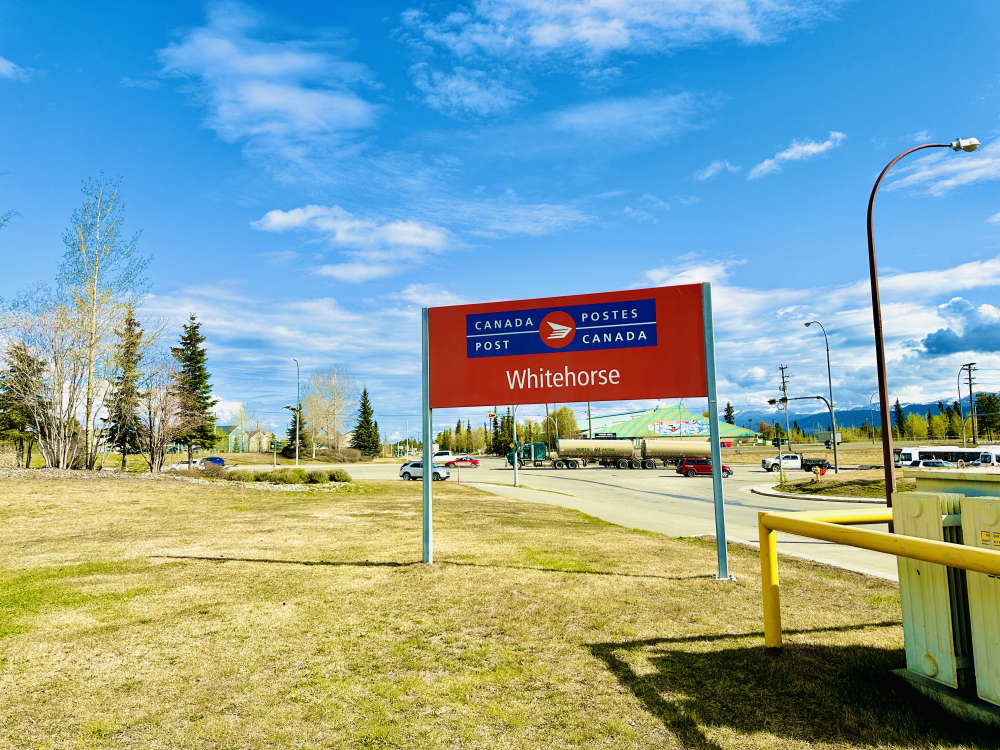 Canada Post strike looms, Yukoners brace for disruption
Canada Post strike looms, Yukoners brace for disruption
 Driver charged in fatal collision that killed Yukon Government Deputy Minister and injured Minister
Driver charged in fatal collision that killed Yukon Government Deputy Minister and injured Minister
 Yukoners encouraged to apply for Northwestel's Northern Futures Scholarship Program
Yukoners encouraged to apply for Northwestel's Northern Futures Scholarship Program
 City of Whitehorse summer transportation maintenance work underway
City of Whitehorse summer transportation maintenance work underway
 Yukon Government seeks input on new downtown public school
Yukon Government seeks input on new downtown public school
 Indigenous leadership takes centre stage: Rebecca Chartrand and Mandy Gull-Masty appointed to key cabinet roles
Indigenous leadership takes centre stage: Rebecca Chartrand and Mandy Gull-Masty appointed to key cabinet roles
 Whitehorse prepares for Annual 20-Minute makeover
Whitehorse prepares for Annual 20-Minute makeover
 RCMP conducting training exercises on Schwatka Lake
RCMP conducting training exercises on Schwatka Lake
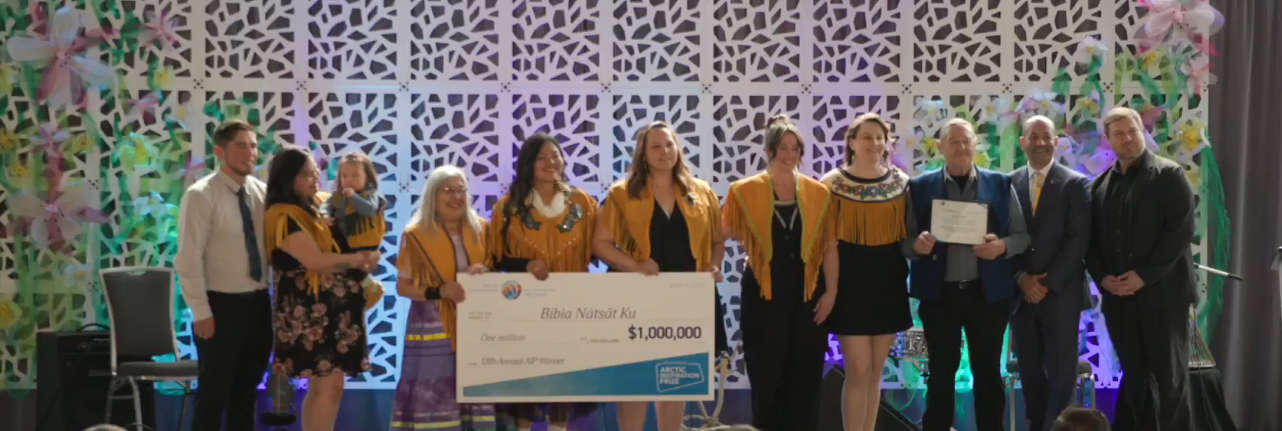 CYFN makes history as winner of prestigious Arctic Inspiration Prize
CYFN makes history as winner of prestigious Arctic Inspiration Prize